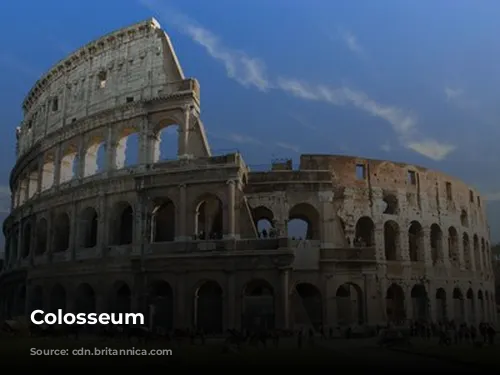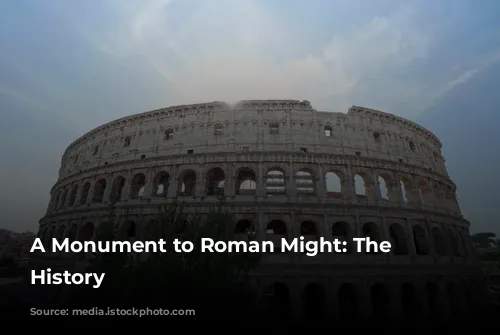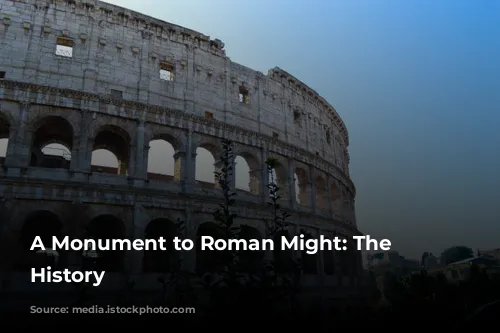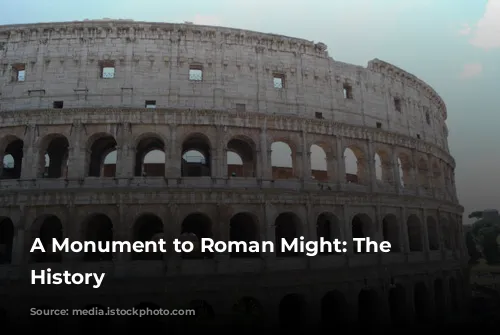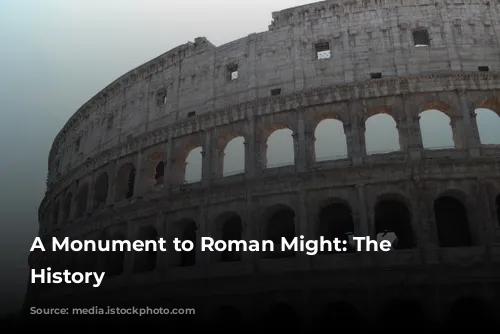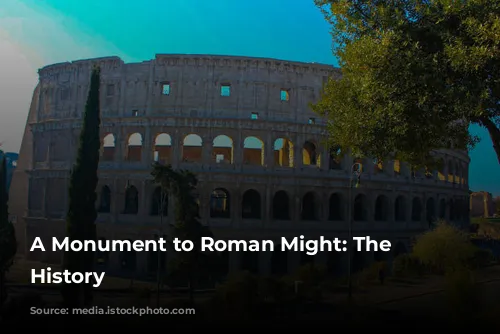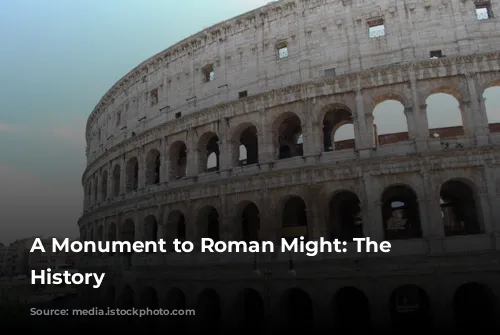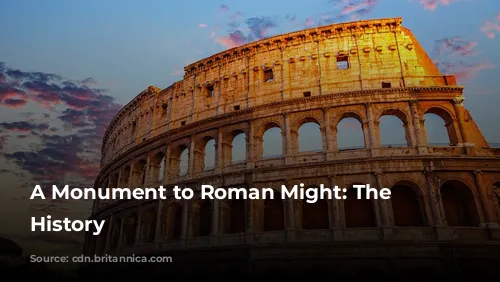The Colosseum stands tall as a testament to the architectural brilliance and engineering prowess of ancient Rome. Today, it’s a symbol of the city’s rich history, drawing millions of tourists each year. In fact, the Colosseum, along with the Roman Forum and Palatine Hill, generates more than $63.3 million (€53.8 million) in revenue annually, making it Italy’s top tourist attraction.
From Arena to Fortress and Back Again
The Colosseum’s journey has been one of transformation and revival. After the fall of the Western Roman Empire, the once-glorious arena fell into disrepair and neglect. During the 12th century, Roman families repurposed the structure as their fortress, a stark contrast to its original function. Then, in the late 15th century, Pope Alexander VI allowed the Colosseum to be used as a quarry, further stripping away its grandeur. It wasn’t until the 1990s that state-funded restoration efforts began to breathe life back into this architectural marvel.
A Symbol of Roman Power
The construction of the Colosseum began under the reign of Emperor Vespasian between 70 and 72 CE. It was a bold move, fueled by the desire to revitalize Rome after the turbulent year known as the “Year of the Four Emperors.” As with other amphitheatres, Vespasian intended the Colosseum to be a spectacular entertainment venue, hosting gladiator fights, animal hunts, and even mock naval battles. The completed structure was dedicated in 80 CE by Titus, Vespasian’s son, in a lavish ceremony lasting 100 days. Domitian, Titus’s successor, added the fourth story in 82 CE.
A Majestic Structure
The Colosseum, also known as the Flavian Amphitheatre, is a majestic, elliptical structure built from stone, concrete, and tuff. Standing four stories tall, it measures 620 by 513 feet (189 by 156 meters) and could accommodate up to 50,000 spectators. The arena’s design was innovative for its time, incorporating a complex system of barrel vaults and groin vaults. Three of its stories are adorned with arcades framed by engaged columns in the Doric, Ionic, and Corinthian orders, a feature that influenced Renaissance architecture.
A World of Entertainment
Spectators in the Colosseum were sheltered from the sun by a massive retractable velarium, or awning. The velarium was supported by masts extending from corbels built into the Colosseum’s top story, requiring hundreds of Roman sailors to manipulate the rigging. The Colosseum hosted a multitude of spectacles, from gladiatorial combats to contests between men and animals, and even mock naval battles, showcasing the Roman Empire’s power and grandeur.
A Legacy of Restoration and Renewal
The Colosseum’s history is marked by periods of neglect and restoration. In medieval times, it was used as a church and then a fortress, further deteriorating due to lightning strikes, earthquakes, vandalism, and pollution. However, preservation efforts began in the 19th century, and in the 1990s, a comprehensive restoration project was launched. Today, the Colosseum stands as a powerful reminder of Rome’s enduring legacy, attracting millions of visitors each year and serving as a testament to the power of human ingenuity and resilience.


